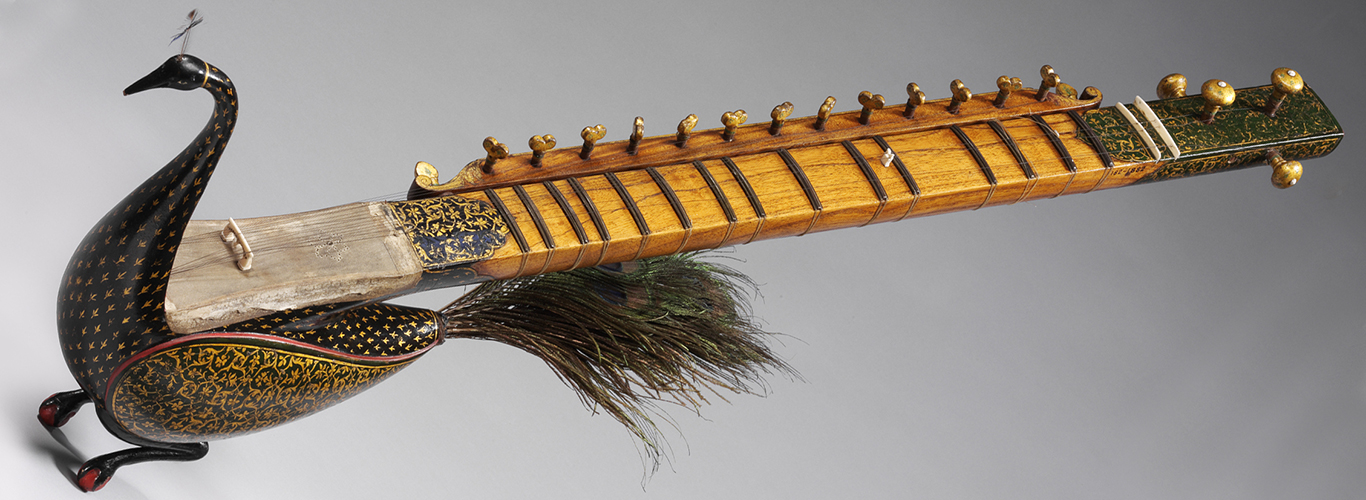Harmonizing Heritage: Exploring the Resonance of Traditional Music
Music, with its significant capacity to rise above time and culture, fills in as a strong vessel for communicating human feelings, stories, and encounters. Among the huge swath of melodic types, customary music remains as a demonstration of the well established legacy of different societies all over the planet. As we dive into the amicable excursion of customary music, we uncover its resounding importance, social embroidery, and the manners by which it keeps on affecting present day melodic articulations.
Customary music is something other than an assortment of tunes; it epitomizes the embodiment of a local area’s set of experiences, convictions, and ceremonies. Each note is injected with the encounters of previous eras, winding around together stories that could have in any case blurred into lack of definition. These tunes frequently reflect the mood of life, commending the gather, honoring achievements, and, surprisingly, going with soul changing experiences. For example, Irish customary music catches the spirit of Ireland’s set of experiences, while Indian old style music resounds with the otherworldly pith of the subcontinent.
One of the surprising parts of conventional music lies in its flexibility. It develops naturally, went down through ages, encapsulating the social movements and cultural changes of now is the ideal time. Conventional performers are entertainers as well as narrators, saving the aggregate memory of their kin through their specialty. This smoothness has permitted conventional music to stay important in the advanced world while keeping up with its genuineness and appeal.
Notwithstanding, as society rushes toward the future, the reverberations of the past can at times blur. This carries us to the critical subject of conservation and restoration with regards to customary music.

